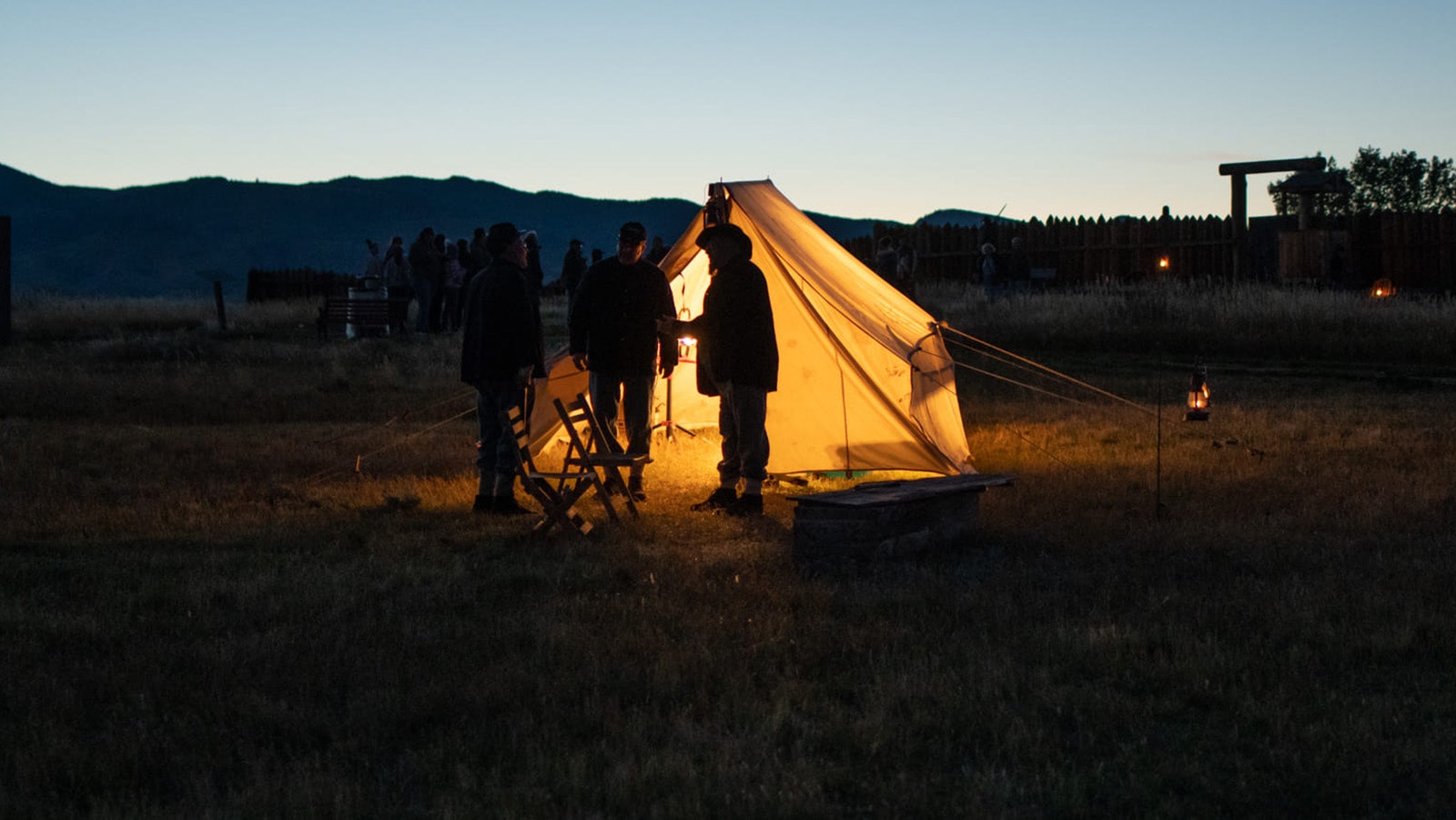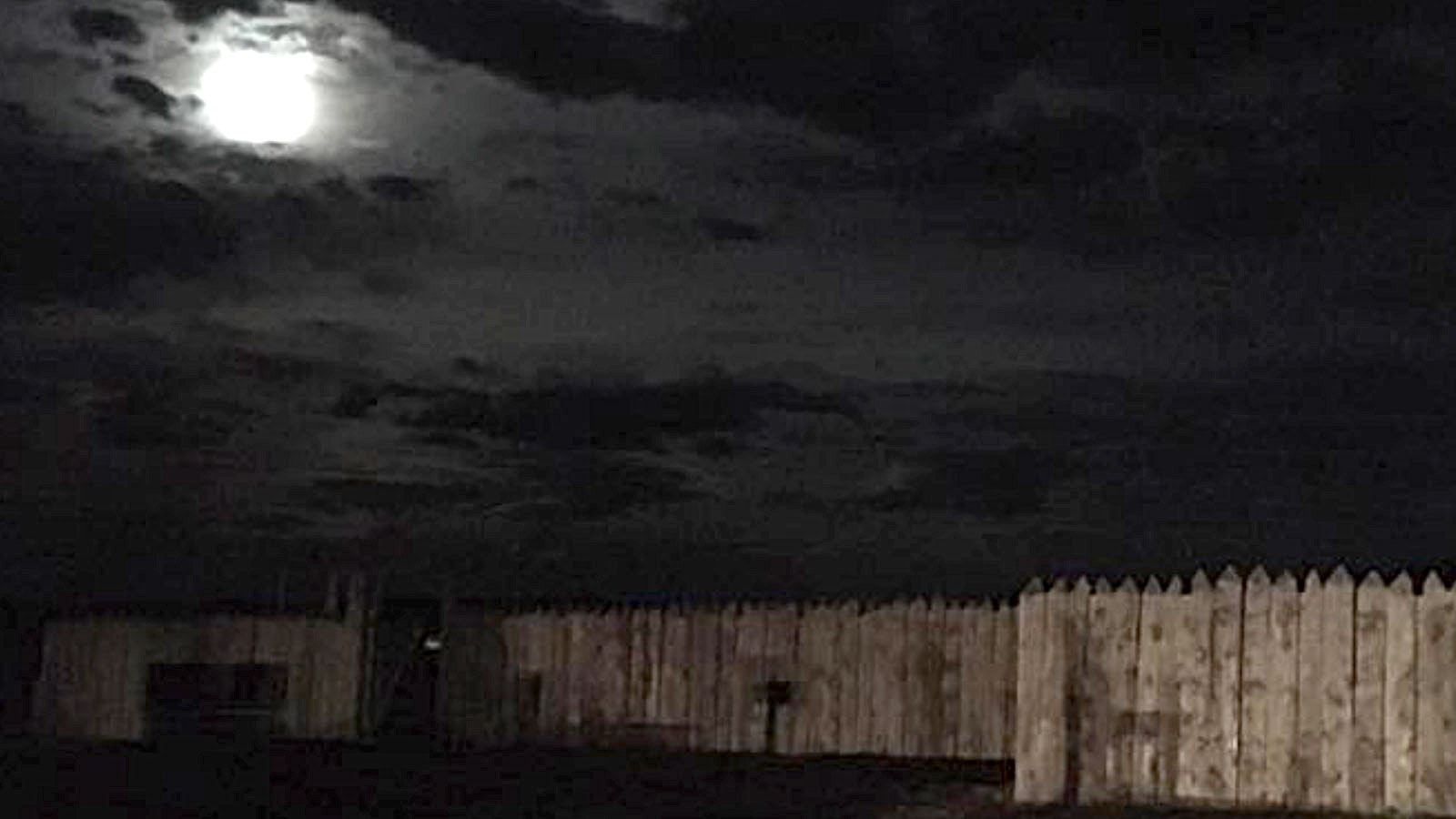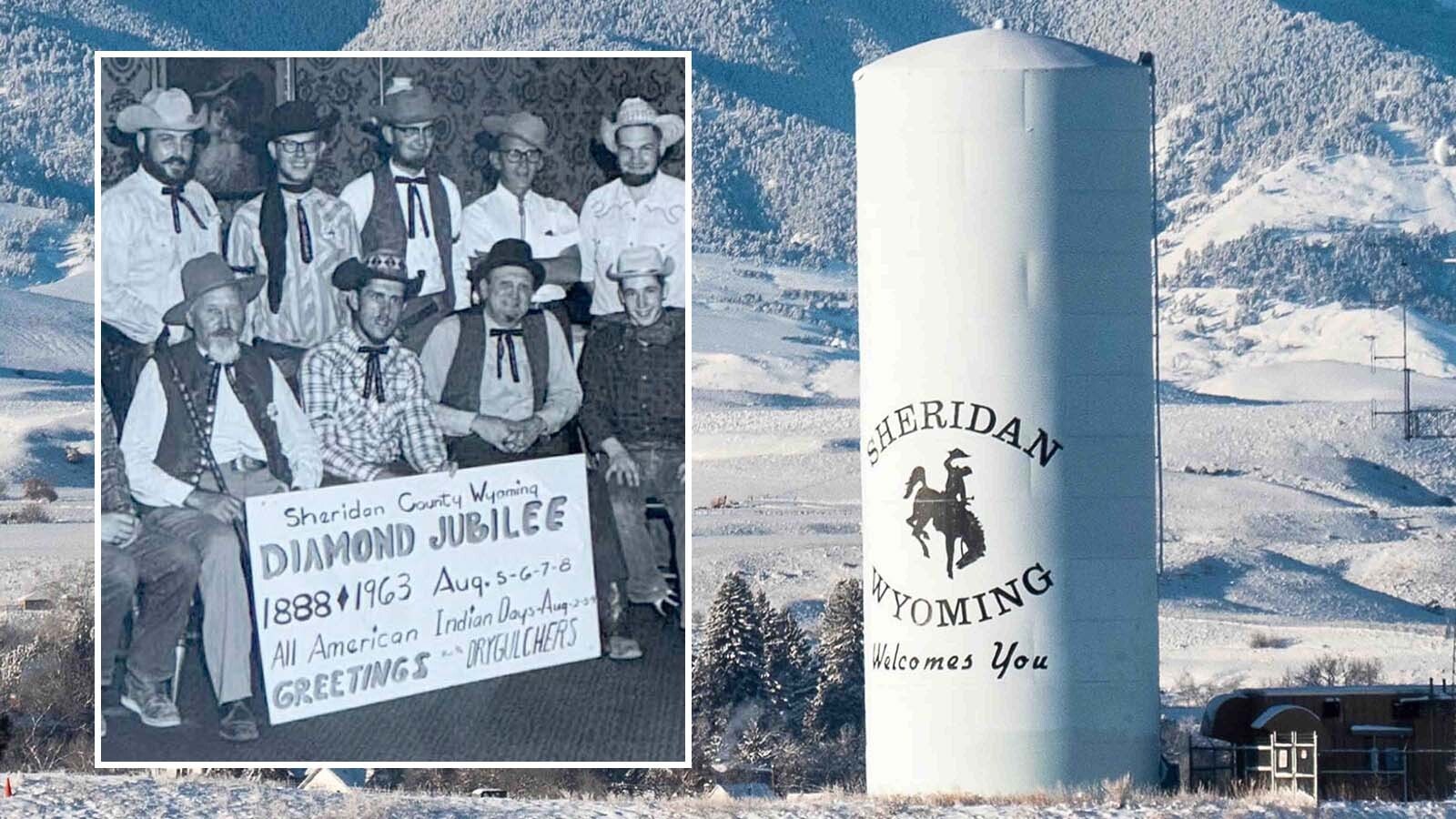Much of the legacy of Fort Phil Kearny is violence and death, which makes the historic Old West Army outpost between Buffalo and Sheridan, Wyoming, a perfect spot to tell authentically scary stories on dark, cool evenings leading up to Halloween.
Disease, desolation and death are as much a part of the fort’s pioneer history as its importance as a stop along the route of Manifest Destiny that drew settlers to the untamed West along the “Bloody” Bozeman Trail.
This year, the Fort Phil Kearny State Historic Site is hosting its annual Full Moon Tours at the end of September rather than waiting until October.
“The full moon in October is Halloween weekend,” site Superintendent Sharie Shada told Cowboy State Daily. “It’ll be too cold by then.”
Nevertheless, visitors will get the same nighttime tour of the historic fort by the light of a lantern, guided by actors from Sheridan’s Trident Theatre Co. portraying historical characters. They will hear appropriately spooky,but historically accurate, stories all based on true events from the fort’shaunted history.
“We take people through the fort at night and tell them the darker stories, things people want to hear but we usually don’t talk about during our daytime tours,” Shada said.
Those include the diseases that afflicted settlers and soldiers, details on how army surgeons would amputate limbs, the various ways people died or were killed while making the trek along the Bozeman Trail, and the omnipresent fear of soldiers and civilians in the isolation of northern Wyoming before it was part of the United States. Shada says evoking a feeling of isolation isn’t difficult during a night at Forth Phil Kearny, as it’s remained largely untouched over time.
“The environment is very close to what it would’ve been. When you’re going through, it’s easy to imagine this fort isolated in this territory,” Shada said. “We want people to feel what people living at the fort might have felt. You’re not quite sure who’s out there and who’s watching you. We want people to think about what it would’ve been like and be a little bit on edge.”

Red Cloud’s War
Built in 1866, Fort Phil Kearny was one of three forts along the Bozeman Trail to protect gold miners heading to Montana. The presence of the forts and the settlers infuriated Native American tribes since the trail cut through their best and only remaining hunting grounds, violating treaties they’d made with the U.S. government.
The presence of the forts led to Red Cloud’s War when Northern Cheyenne, Lakota and Arapahoe warriors skirmished with soldiers and civilians between 1866 and 1868. One of these skirmishes, the Fetterman Fight, resulted in the deaths of 81 men. It was the worst military defeat for the U.S. Army on the Great Plains up to that time.
Red Cloud’s War ended with the 1868 Treaty of Laramie and the government permanently shut down the Bozeman Trail and abandoned the territory. Fort Phil Kearny was burned shortly thereafter.
Shada called Red Cloud’s War “the prelude” of the Great Sioux War of 1876. Many of the warriors who battled near Fort Phil Kearny, including the legendary commander Crazy Horse, went on to defeat the U.S. Army again at the Battle of Little Bighorn.
Fort Phil Kearny was designated a National Historic Landmark in 1960 and is now managed as the Fort Phil Kearny State Historic Site by Wyoming State Parks.
The spooky story of Fort Phil Kearny can’t be told without the context of Red Cloud’s War and the violence that dominated the fort’s brief two-year history. However, Shada said the tours try to present a balanced perspective of that time.
“The fort is there because these tribes did not want people there,” she said. “There are two groups battling each other, but we’re not trying to portray anyone as the ‘bad guy.’ The Northern Cheyenne, Lakota and Arapahoe were protecting their homeland and way of life. We’re telling stories of what happened from a fort perspective since we’re in the fort, but it’s a balanced view of history.”

It Gets Pretty Spooky
The annual Full Moon Tours are set for Friday and Saturday.
Tickets for the 30-minute tours are $10 for anyone 12 and older. Anyone 11 and younger are admitted free but still require a ticket. Shada recommends the early evening tours for youngsters since the stories are a little “less graphic” than those told once the sun goes down.
Shada also recommends buying tickets in advance since the popular event often sells out.
After years of doing the Full Moon Tours in the fall, Shada sees it as a way to spark an interest in the fort and its history for the future.
“It’s a different way to get people interested in history. Coming on a spooky tour at night is an intriguing way to get a different group of people out to the fort who might not be interested otherwise,” she said.
Andrew Rossi can be reached at arossi@cowboystatedaily.com.





